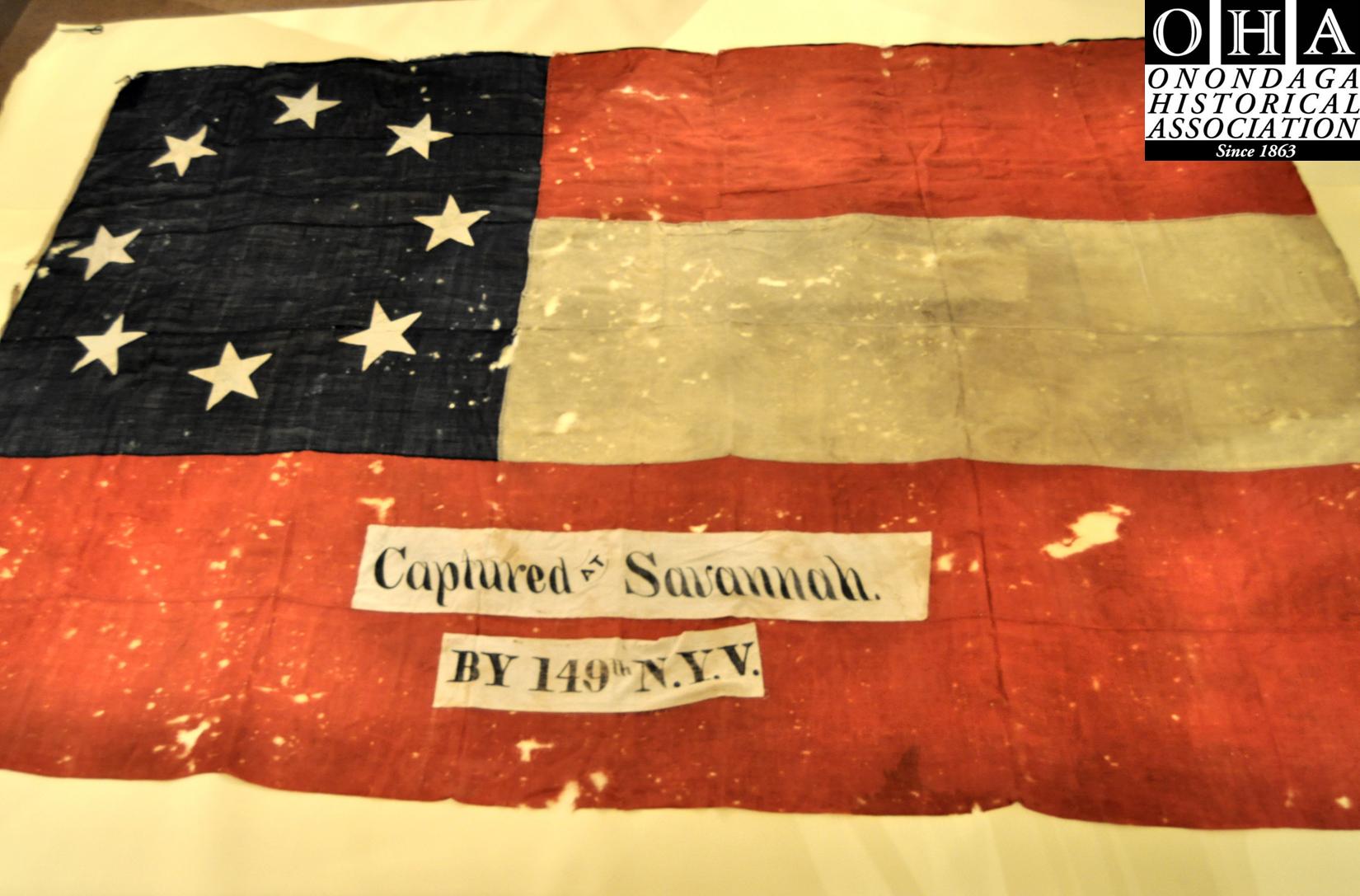
On November 15, 1864, Major General William T. Sherman left with 62,000 men from Atlanta, Georgia on a March to the Sea that would end in Savannah, Georgia. The point of this march was to economically and psychologically destroy the South and their will to resist. Sherman arrived in Savannah on December 10, 1864 to discover that Confederate Lt. General William J. Hardee had flooded the fields surrounding the city limiting access to many important roads. Hardee refused to surrender and was determined to defend the city. Sherman needed to get in touch with the Navy in order to get supplies for his troops so he sent Brigadier General William Hazen to capture Fort McAllister on the Ogeechee River on December 13, 1864. On December 17, 1864 Sherman sent a warning to Hardee that if he did not surrender, Sherman would begin attacking. Instead of surrendering, Hardee escaped during the night on December 20, 1864 and the following morning the mayor of Savannah formally surrendered the city to Sherman. Sherman sent President Lincoln a telegraph that said, “I beg to present you as a Christmas gift the City of Savannah,” on December 21, 1864.
During the capture of Savannah, on December 21st, 1864, the 149th New York Volunteer Infantry Regiment (fourth Onondaga) captured an eight star Confederate flag that flew atop one of the city’s municipal buildings. Colonel Henry Barnum, commander of the 149th New York Volunteer Infantry Regiment, and then the 3rd Brigade, donated the flag to the Onondaga Historical Association in January 1865, a few months before the end of the Civil War.
The flag has a blue field with four horizontal stripes. The stars are hand sewn onto the field. It measures 165” wide and 110” long. This flag flew from 1861 to 1863 with each of the eight stars representing a Confederate state in March 1861 when the flag was adopted.

